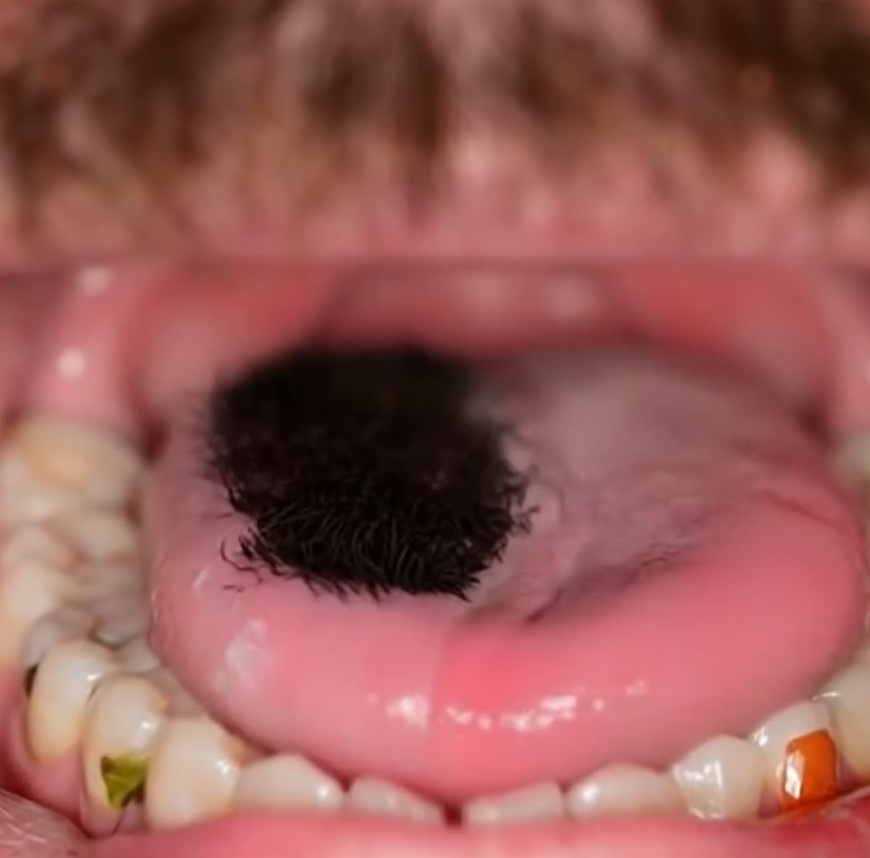Tongue Fungal Infections: Causes, Symptoms, and How to Manage Them Safely at Home
Fungal infections of the tongue are more common than many people realize, especially those caused by an overgrowth of the Candida species—a type of yeast naturally present in the human body. While Candida is typically harmless in small amounts, certain conditions can trigger an imbalance, leading to rapid growth and noticeable symptoms in the mouth, particularly on the tongue.
What Causes Fungal Infections of the Tongue?
There are several underlying factors that can contribute to the development of a tongue-based fungal infection. Some of the most common include:
- Poor Oral Hygiene: Infrequent or improper brushing and flossing can create an environment where harmful microorganisms thrive. Without regular cleaning, natural oral flora can be disrupted, giving Candida a chance to multiply.
- Antibiotic Use: Taking antibiotics—especially over a long period—can alter the body’s natural microbial balance. Antibiotics don’t just kill harmful bacteria; they may also eliminate beneficial ones, reducing the body’s defense against fungal overgrowth.
- Weakened Immune System: Individuals with weakened immune systems, such as those undergoing chemotherapy, managing chronic illnesses, or living with autoimmune conditions, are more susceptible to fungal infections.
- Dry Mouth or Dehydration: A lack of sufficient saliva reduces the mouth’s ability to cleanse itself, creating conditions where Candida can flourish.
- Diet High in Sugar or Refined Carbs: Excess sugar in the diet can fuel yeast growth, especially in people already at risk.
Recognizing the Symptoms: What to Look For
Fungal infections of the tongue can present in various ways, and understanding these symptoms can help with early detection and effective treatment.
1. Red, Smooth, and Glossy Tongue
In some cases, the tongue may appear unusually red and shiny. This symptom is often accompanied by a burning or tingling sensation that may worsen when eating spicy, salty, or acidic foods. A red tongue might also be a sign of nutrient deficiencies, such as iron-deficiency anemia, which can occur alongside fungal overgrowth in the mouth.
2. White or Yellow Coating (Oral Thrush)
One of the most recognizable signs of Candida overgrowth is the appearance of a thick white or yellowish coating on the tongue and inner cheeks. This condition, known as oral thrush, may cause mild discomfort, sensitivity, or a burning feeling. In some cases, this coating can be gently scraped off, revealing red or irritated tissue beneath.
3. Altered Taste and Bad Breath
People with tongue fungal infections often report changes in their sense of taste. Foods may taste dull, bitter, or even metallic. These changes can make eating less enjoyable and may reduce appetite over time. A persistent unpleasant taste or noticeable bad breath can also occur as a result of fungal buildup.
At-Home Remedies That May Help
While more severe cases should be evaluated by a healthcare professional, mild cases can often be managed at home with proper care and hygiene. Here are some simple yet effective steps:
- Brush Your Tongue Gently: Use a soft-bristled toothbrush or a tongue scraper to clean the tongue surface twice a day. This can help remove buildup and prevent the growth of unwanted microorganisms.
- Saltwater Rinse: Gargling with a warm saltwater solution (½ teaspoon of salt in a glass of warm water) can soothe irritation and make the mouth less hospitable to fungal growth.
- Baking Soda Rinse: A baking soda rinse (½ teaspoon of baking soda in a cup of water) may also help restore pH balance in the mouth and inhibit Candida overgrowth.
- Avoid Triggers: Cut back on sugar, white flour, and processed foods that may fuel yeast growth. Staying well-hydrated and avoiding alcohol or tobacco can also promote better oral health.
Prevention Tips to Keep Your Mouth Healthy
Preventing fungal infections of the tongue involves more than just treating symptoms. Incorporating consistent oral and lifestyle habits can significantly reduce the risk of recurrence:
- Maintain Excellent Oral Hygiene: Brush and floss daily, and consider using an antimicrobial mouthwash occasionally (under guidance).
- Stay Hydrated: Saliva plays an important role in controlling bacteria and yeast levels in the mouth. Drinking water throughout the day can help maintain this balance.
- Probiotic Support: If you’re taking antibiotics, adding probiotics to your routine (such as yogurt with live cultures or probiotic supplements) may help restore beneficial bacteria in the mouth and gut.
- Monitor Underlying Health Conditions: People with diabetes, autoimmune disorders, or compromised immunity should work closely with their healthcare provider to manage their condition and reduce the risk of infections.
- Visit a Dentist Regularly: Routine dental checkups are essential for catching oral health issues early, including signs of fungal overgrowth.
When to Seek Medical Attention
While home remedies can be helpful for mild symptoms, persistent or worsening discomfort, difficulty eating, or signs of infection that do not improve within a few days should be evaluated by a doctor or dentist. In some cases, prescription antifungal medication may be required.




